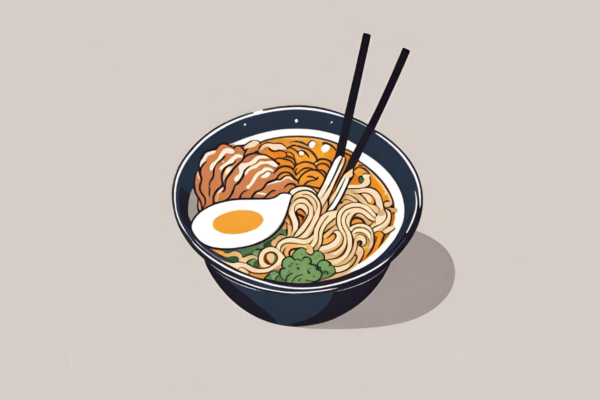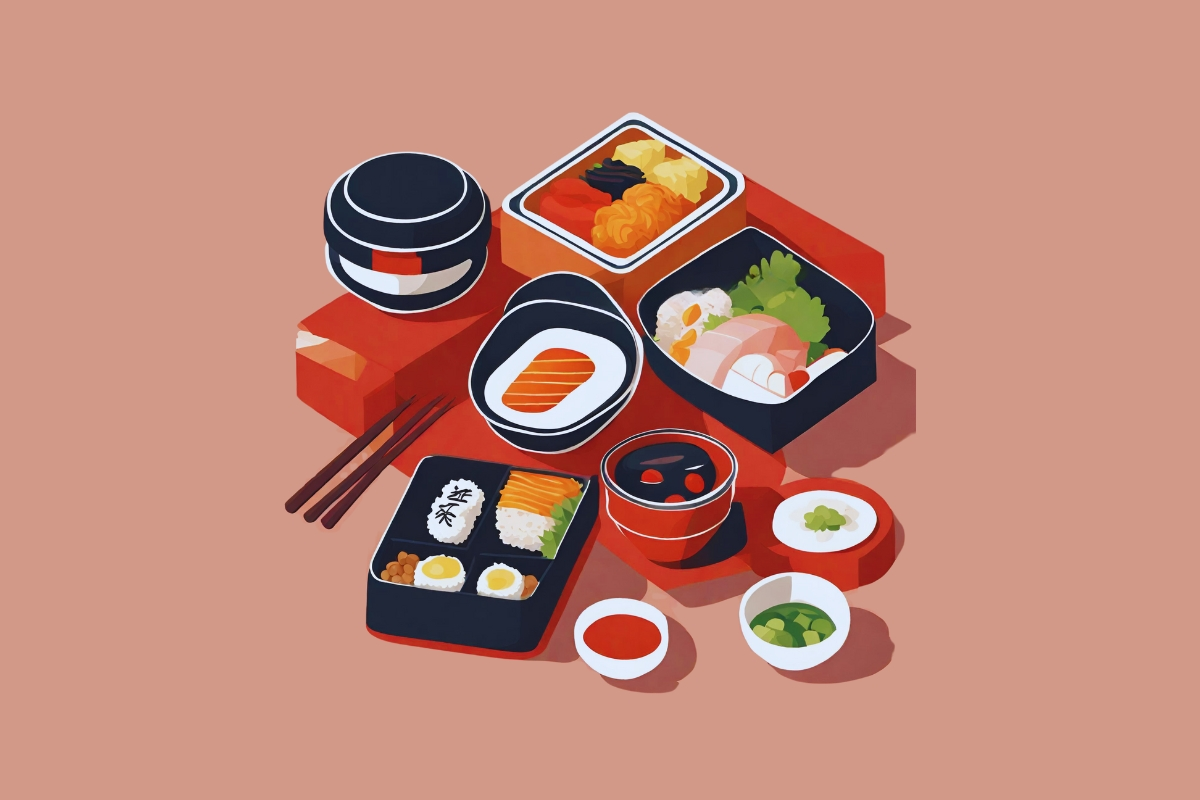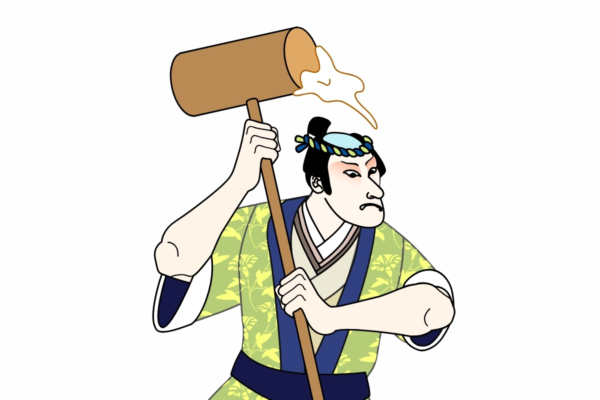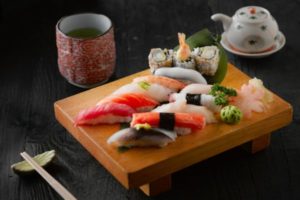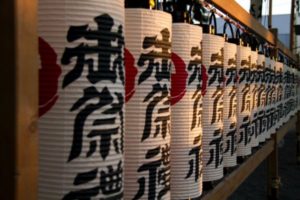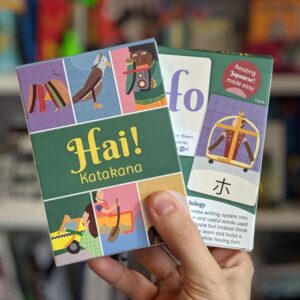Introduction
As you watch your twentieth slice-of-life Anime series – walls covered in posters of all your favorite waifus – Do you ever wonder what it takes to really grasp what the characters are saying? Tired of reading another fan-translated manga series wondering what it’s like to truly like to fully understand the essence of the story? If you want to find out what it takes to increase your Japanese language vocabulary past the words “suki da”, “senpai”, and “baka!”, you’ve come to the right place!
Learning Japanese 101
As you watch your twentieth slice-of-life Anime series – walls covered in posters of all your favorite waifus – Do you ever wonder what it takes to really grasp what the characters are saying? Tired of reading another fan-translated manga series wondering what it’s like to truly like to fully understand the essence of the story? If you want to find out what it takes to increase your Japanese language vocabulary past the words “suki da”, “senpai”, and “baka!”, you’ve come to the right place!
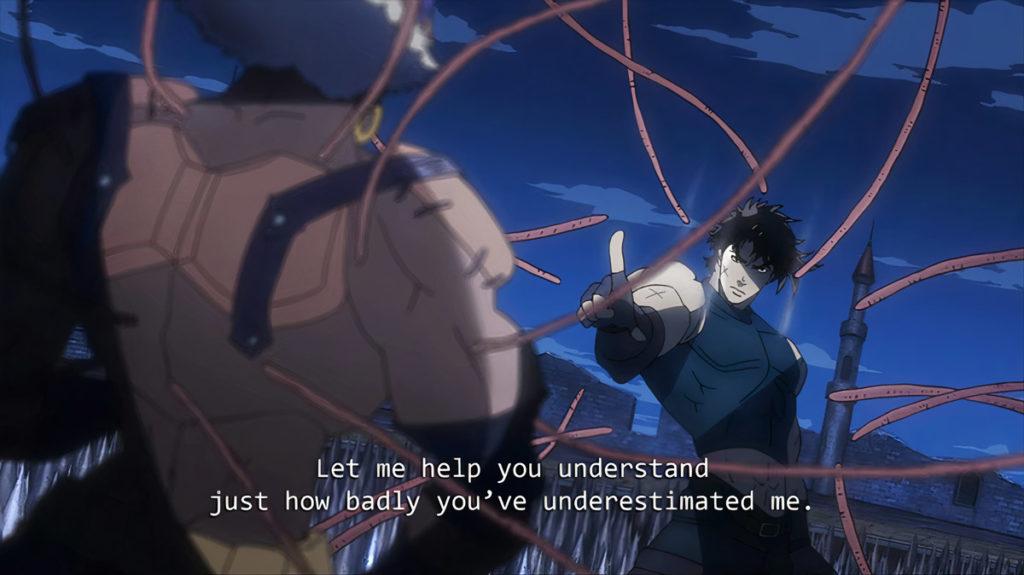
Netflix Show: Jojo’s Bizarre Adventure
Quick warning, learning japanese is not easy. Not only do you have to memorize an entire set of new words, but you also need to learn how to write in a completely new system of characters. This is especially challenging at first since you not only need to learn to read Japanese by comprehending a new character system, but you also need to know what these words mean.

Oh, and did we mention Kanji characters? Japanese Kanji symbols have their own special character that can be read in as many as 10 different ways!
Take for example the simple word “Extreme”. In Kanji, the character for this word would be 最. “So are you saying that writing this character directly translates to the word ‘extreme’?” The short answer: no. The long answer: Attaching this kanji character to other Kanji give it all kinds of different meanings. To give a few examples, 最近 gives it the meaning “recently”, while 最後 gives it the meaning “end”. As you can see here, the same character means the complete opposite when attached to another kanji character!
Now imagine doing this for every single word. It’s a very daunting task, but there are many different ways to go about your Japanese learning!
Japanese Language Levels

To give a quick summary on Japanese language proficiency, there are 5 levels, namely N5, N4, N3, N2, and N1. For N5, the most basic level of grammar, you’re expected to know around 130 kanji characters (Yes, with all their different meanings) and roughly 800 Japanese words. For N4, ~350 and ~1500 respectively.
N3 is double that of N4. What is the difference between N2 and N1? Let’s not delve into it since these are for those who wish to work in Japan for a living. Most slice-of-life series, as well as day-to-day conversation, can be managed with an N4 level of proficiency!
Don’t be too discouraged by all these technicalities, though! There are a lot of fun ways to learn Japanese, some of which you may already be somewhat doing day-to-day as you consume Japanese media.
Learning Japanese through Anime

Netflix: Rascal Does Not Dream of Bunny Girl Senpai
This is possibly the gateway of the average person into the ins and outs of Japanese culture. A lot of Japanese teachers, though, don’t think it’s possible to learn Japanese just by watching Anime, as not only do anime characters speak in a very “exaggerated” fashion, but also do not explain the nuances of the language (such as speaking formally and informally, which is hard to study just by watching). To add to this, too much is happening at once, as different elements such as plot, story, and the like come to play.
But, if one goes into anime with the intention of picking up basic Japanese, it is possible! This is especially true in slice-of-life Anime where characters talk about daily life activities. The caveat though, is to study shows you’ve already seen, and analyzing characters’ lines one at a time. Doing this ensures that you would not have to worry about the plot, while also already understanding the context of what characters are saying, having already seen the show. This may take away the fun of watching Anime, but this is the way to learn through the medium.
There are a lot of mobile apps that help in teaching Nihongo to those who are interested, such as Duolingo and Kaizen. These two in particular go about the learning process very differently, yet effective in their own rights.
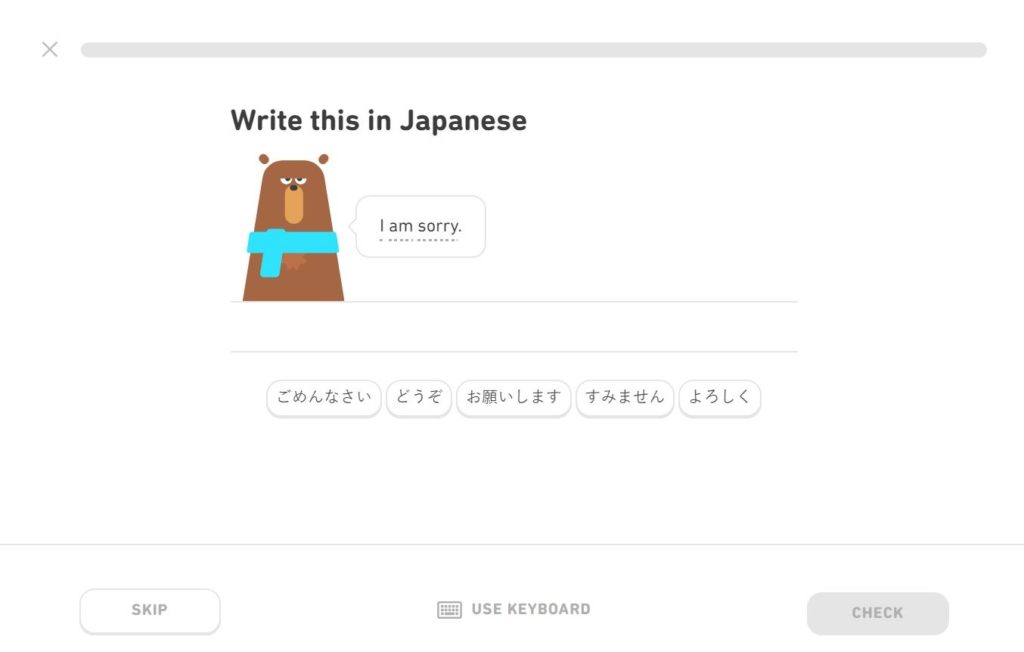
Duolingo
Duolingo puts you through a more classroom-oriented experience. The program makes you feel like you’re going through your very own university, as it teaches you different types of sentence structure and everyday words. It also progresses and holds your hand well, even if you don’t have any experience with the language!

Kaizen Languages
Kaizen, on the other hand, teaches through experience. With its AI-powered model, it teaches you how to speak Japanese not only with your very own tailored program but through daily conversations. Here, you are taught more about the kinds of daily situations many different Japanese locals go through.
Through their program, you will understand when to use certain phrases that you would not otherwise practice when going through the more nitty-gritty classroom setup Duolingo offers. Although pairing these two applications might be a great solution to make up for what the other lacks.
Learning through watching Terrace House

Lauren Tsai from Netflix Show “Terrace House: Aloha State”
A popular show that non-native speakers watch and observe is a program airing in Japan called Terrace House. In this show, six housemates are simply filmed living their daily lives and interacting with one another. This method of learning would be somewhat of a mix between the two mentioned above, as you would analyze the media through learning words spoken here and there just like watching anime while learning the nuances of when to say certain words, which is similar to the learning method of Kaizen.
This is a great way to learn how real-life Japanese speak to one another, as simple conversations in all parts of the day, from what they say to each other when they wake up, to how they interact on dates, and even enjoying a drink at Japanese bars together, are shown.
Learning through reading Manga
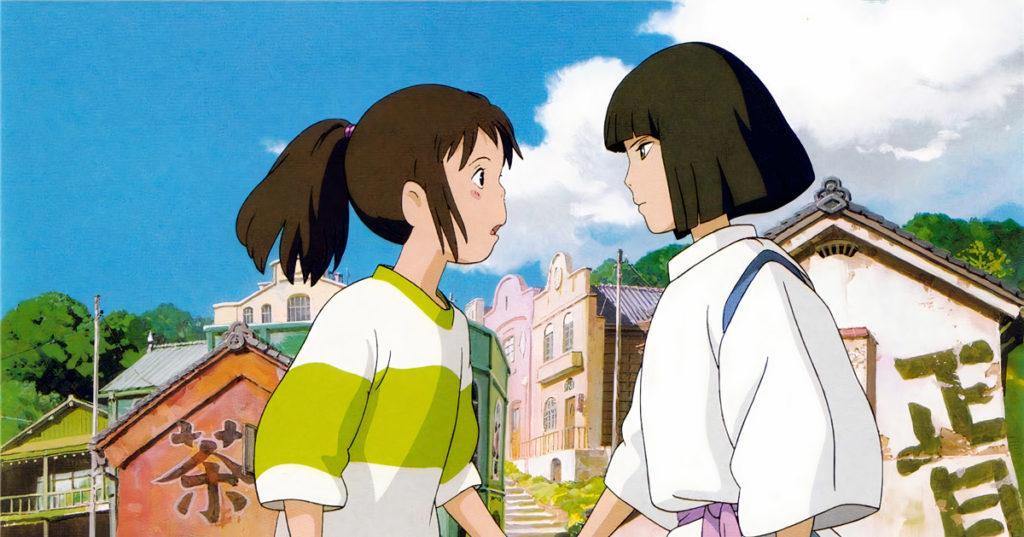
Hayao Miyazaki’s worldwide hit, “Spirited Away”
On the surface, being possibly the least attractive method to learn (due to availability and difficulty to consume versus flashy anime), reading manga might actually be the best way to get started! There are many memorable stories that are written and consumed by Japanese children that supplement their Japanese learning processes.
You might just recognize the name Hayao Miyazaki, author of worldwide phenomena such as Spirited Away and My Neighbor Totoro, who has written these stories with a younger target audience in mind. These manga series are a great way to get started, as they will keep you entertained with their stories as you learn simple words used by the protagonists, who themselves are children. Oh, and did I mention the different Kanji have Furigana, which are explanations above the kanji that tell you what exactly the word means. This method may actually be the most practical way to get started when it comes to available Japanese media.

Crunchyroll Show: Don’t Toy with Me, Miss Nagatoro!
Suddenly feeling overwhelmed by the massive amount of work required to learn Nihongo? Don’t be too hard on yourself, because learning any language is hard, let alone one with as many nuances and intricacies as the Japanese language.
Here’s my one tip for you: have fun with it. Take note, Japanese locals take years upon years upon years to get to their current level of proficiency. They are immersed in the language and the multitude of characters from the moment they start learning how to speak. Now imagine this, plus the fact that they take dedicated classes yearly to master all these and you’ll realize that there’s no rush.
Having said all this, take it slow as there’s no one linear way to learn and master Nihongo. One thing is for certain though: it takes time. Find a way to immerse yourself with it each day using our tips above and seek what works for you. Keep at it, and hopefully, you’ll be able to call yourself Nihongo Jouzu!













